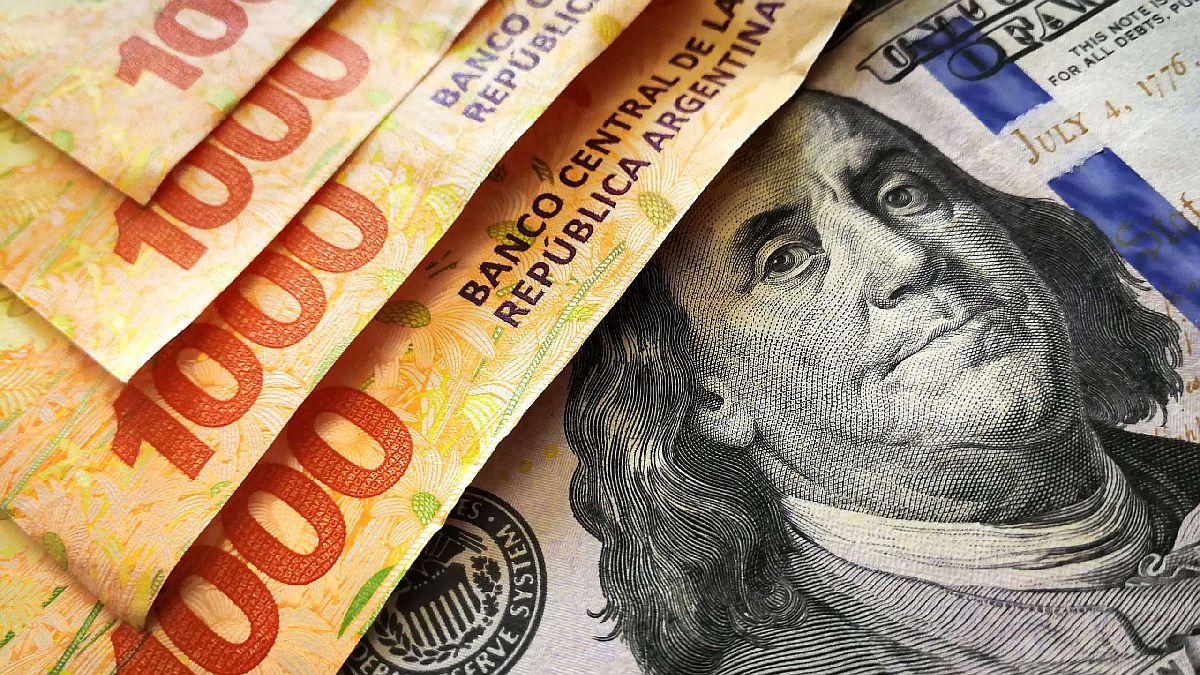For its part, the fixed term interest rate will continue at 75% per year, which implies that a 30-day fixed term pays a rate of 6.2%, protecting investors from inflation. However, this tie takes away from its appeal when compared to the movement of the dollar.
All eyes are on the dollar
The financial dollars and the blue showed in November that they are susceptible to sudden jumps and, therefore, widening of the gap. The agreement with the IMF itself anticipates that the exchange rate will rise above inflation (which confirms what Pesce said before).
The launch of the soybean dollar provided some oxygen to the BCRA with greater chances of crossing the desert that summer represents in terms of currency settlement. The level of BCRA reserves does not give room for the official exchange rate to fall further behind either.
In short, everything remains in a fragile situation: interest rates cannot rise as they further increase the quasi-fiscal red. Rather than slowing down, the exchange rate should aim to close the gap with financial dollars.
The case of the blue dollar is paradigmatic. Although the MEP and the CCL showed greater advances, the blue remained with several comings and goings. So far this year, the informal dollar advances $108 after closing 2021 at $208. During the past year, the blue dollar registered a rise of 25.3% ($42), half compared to the inflation of the period (50.9%). However, it is worth remembering that in 2020 it had shown a sharp jump of 111% (compared to inflation of 36%).
“The difficulty in placing debt and the fall in bonds makes the BCRA have to issue more pesos, which will surely influence the prices of the blue”, predicts Glustein in Ámbito. Thus, the rate as a dam for parallel markets may not be as effective.
And here appears the variable of the inflation also. The fact that the level of price evolution is lowered is decisive for the rate policy to be efficient because the monthly yield must be positive to convince the investor. For now, it is at 6.25% per month, so they are almost tied, and if the November price data is below 6% as expected, the relationship will improve.
Yet economist Christian Buteler observes that “we still have a economy indexing high”. Added to this is a greater issuance of pesos as a result of the soybean dollar, which also puts pressure on prices in the economy. So, taking these variables into account, and that, as he postulates “the dollar it is one more price of the economy”, he expects the alternatives to end the year between $345 and $360, with a blue that seeks to catch up with them, but could fall behind around $330, according to some analysts. For this reason, the dollar seems a better alternative for 2023 despite a possible drop in inflation.
Source: Ambito
I am a 24-year-old writer and journalist who has been working in the news industry for the past two years. I write primarily about market news, so if you’re looking for insights into what’s going on in the stock market or economic indicators, you’ve come to the right place. I also dabble in writing articles on lifestyle trends and pop culture news.




